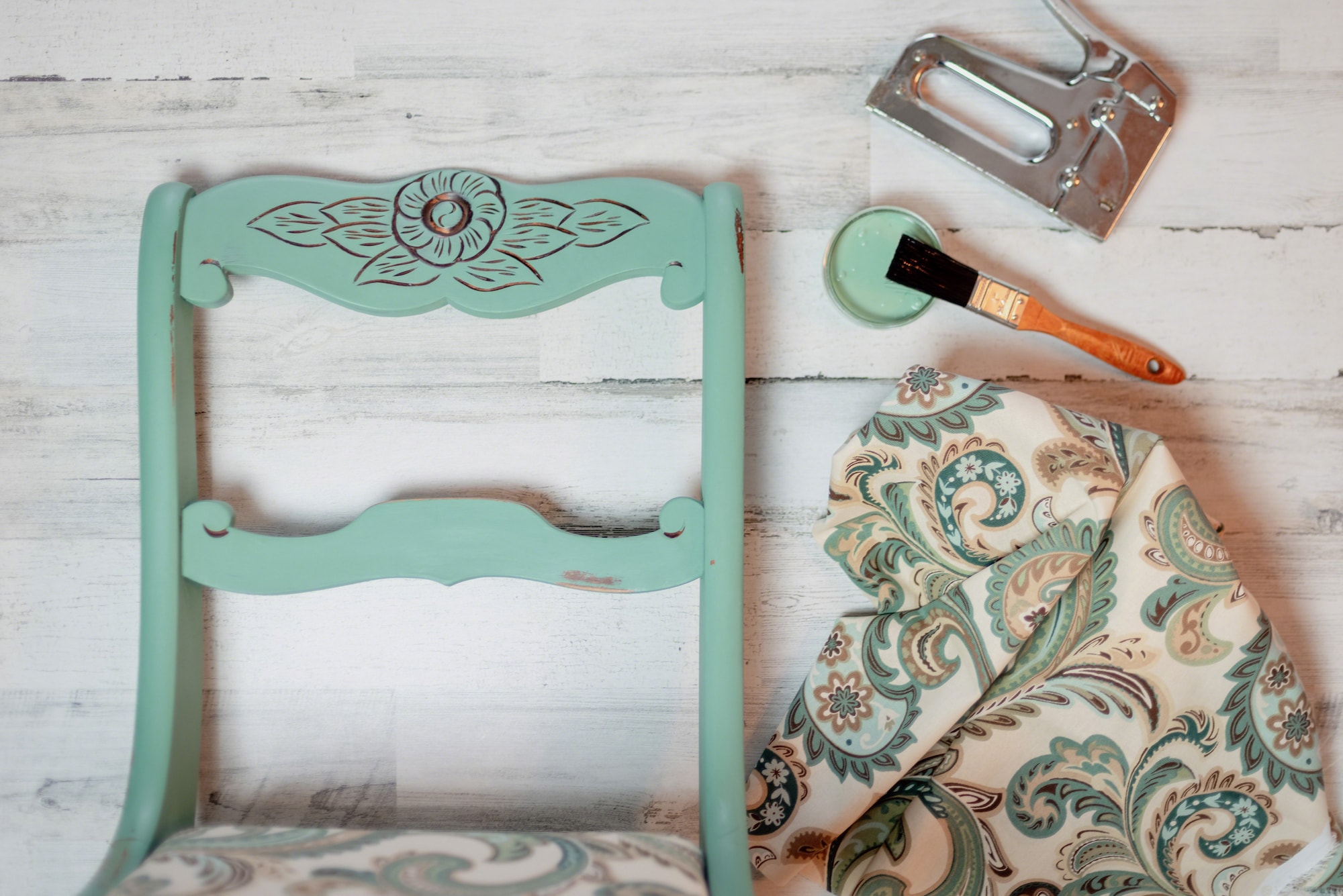Upcycling Furniture for Beginners | 5 Tips You Need to Know
Upcycling can be looked at as “elevated recycling” in a lot of ways. It means taking existing, and often rejected, objects and giving them new life. What many people don’t know is that Habitat for Humanity has been operating on the principles of upcycling for decades–long before it was Instagram cool.

Our ReStore takes donations from local residents and businesses and sells those furnishings in our store. This saves items from the landfill and offers quality furnishings at an affordable price. And all of the proceeds go straight into building homes for deserving families in the Dallas area!
At the ReStore, our favorite stories from shoppers are about how they transformed a donated piece into something new and special for their own home. We’ve gathered a few of our favorite transformations and tips to help inspire your own upcycling adventure! Just be warned–it’s addictive!
1. Think Outside the Box
While a simple paint job certainly counts as upcycling, our favorite transformations are complete reimaginings of our pieces. Ladders used as bookshelves and blanket drapes, old-school ovens painted vintage colors and turned into bookshelves, crates turned into side tables, free-standing windows turned into display cases… the possibilities are truly limitless!
When you’re browning ReStore’s aisles and aisles of furniture, furnishings, and household goods, try to see them not as they are, but as they could be.
2. Prepare Ahead of Time
Once you decide on a project, make sure you plan ahead. Buy all of the tools, paint, etc. that you’ll need before you get started! This lessens the possibility that your beautiful upcycling project will end up a mess in the corner for the next three months.
You also need to invest in proper prep for the furniture itself. Don’t just start slapping on paint! You need to clean and wipe down surfaces–possibly sand them smooth if necessary. This prevents you from getting strange drips and ripples in your finish from unexpected cobwebs or a layer of dust.
If you’re dealing with upholstery, you may want to invest in a small wet vac designed for cleaning. This can give new life to the existing fabric. You may discover you don’t need to reupholster at all!
3. Match the Era to the Upcycle
While there are always exceptions to every rule, in general, we advise that you keep the original style of the piece in mind when you plan your upcycle. For instance, a Mid-Century Modern desk painted pastel and distressed in the French Country style will end up looking a mess. Instead, those clean lines and pin legs call for a bold splash of color or decoupage with geometric wallpaper!
Similarly, an intricate, heavy dresser would likely benefit from some lightening up. Strip and refinish it in a lighter color instead of painting it a solid color–that’s too modern a look for a traditional piece of furniture.
4. Use the Best Equipment You Can Afford
We know this isn’t always possible, and we would never suggest that you buy professional-level equipment as a beginner. But spending three dollars extra on a better paintbrush can save you a lot of time, money, and frustration. Cheap bristles don’t give good coverage and can leave your finish or paint job looking lackluster.
The same goes for other tools. Cheap sandpaper will wear out faster which means you’ll have to spend more in the long run as you replace it. If you can afford $20 extra for an electric screwdriver, your finished product will turn out more polished and take much less time than doing it the manual way.
But only buy the tools and products you need for this project! No need to buy a whole arsenal of tools when this is your first project! You’ll build a collection over time if you find that upcycling is your thing.
To find the ReStore closest to you, check out this page. It also has pictures of some of our latest inventory! Or, to schedule a free pickup for a furniture donation, fill out this online form!










